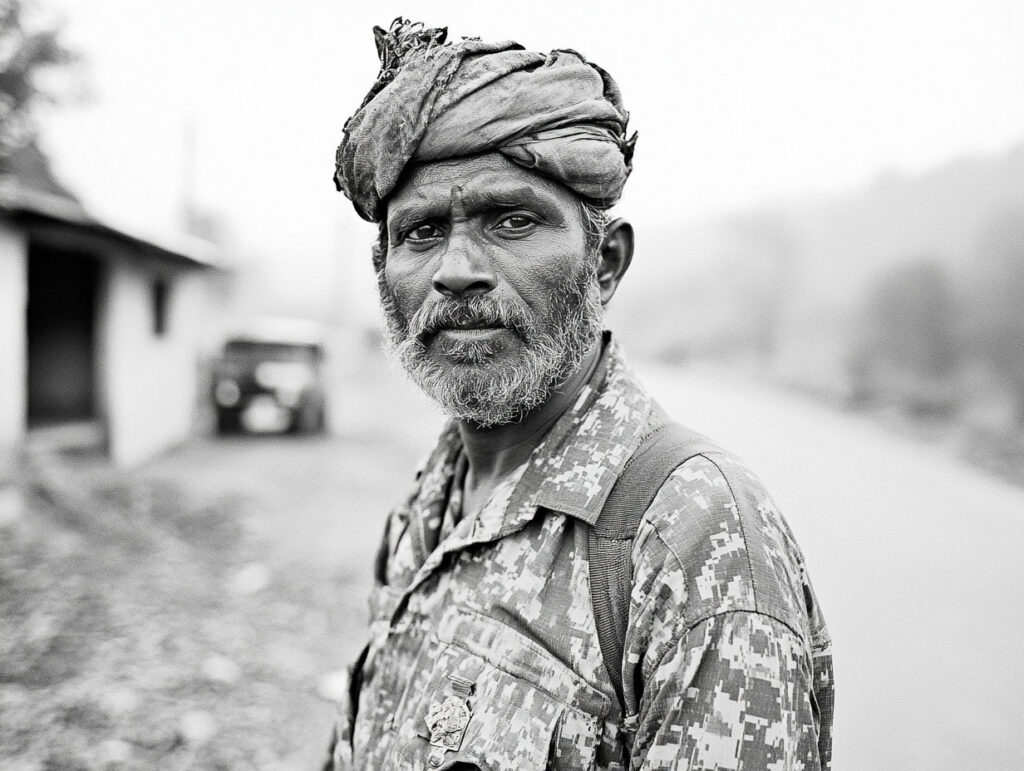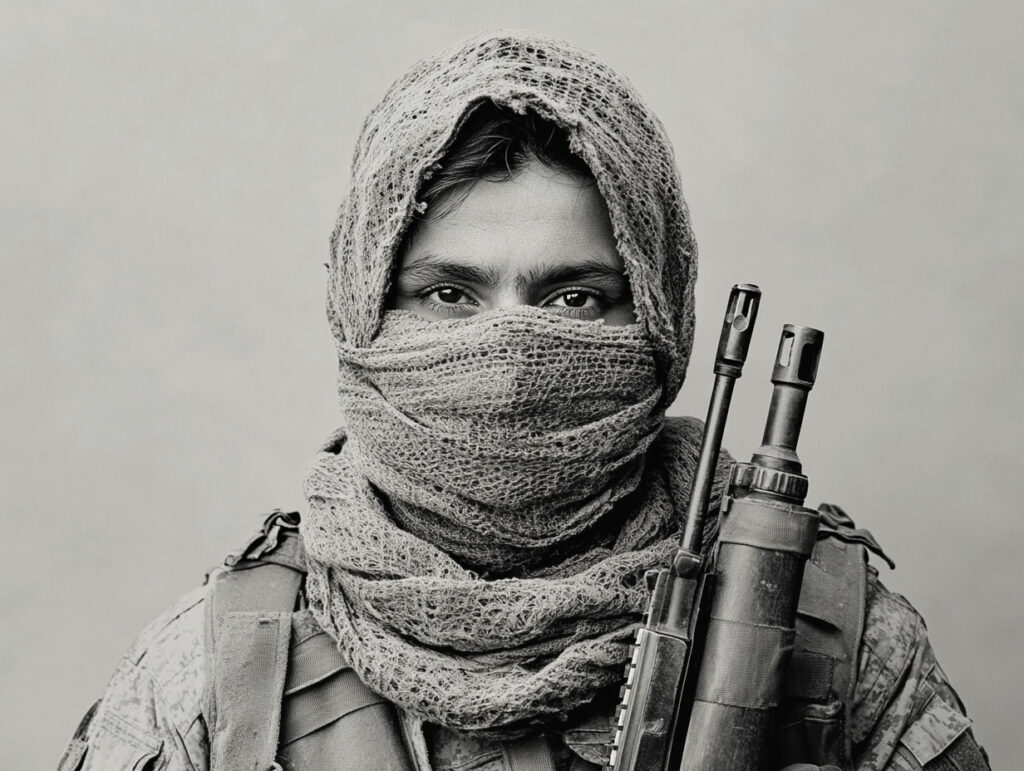
Air strikes, reprisals, nuclear tensions: analyzing the causes and consequences of the India-Pakistan conflict in Kashmir.
On May 7, 2025, India launched “Operation Sindoor,” a series of targeted air strikes against suspected terrorist infrastructure in Pakistan and Pakistan-administered Kashmir. This action followed a deadly attack on April 22 in Pahalgam, Indian-administered Kashmir, in which 26 civilians, mainly Hindu tourists, were killed. The attack was claimed by The Resistance Front (TRF), a group linked to Lashkar-e-Taiba, which India accuses of being supported by Pakistan.
The historical roots of the conflict
The Indo-Pakistani conflict has its origins in the partition of the British Indian Empire in August 1947, which gave rise to two independent states: India, with a Hindu majority, and Pakistan, with a Muslim majority. This separation was accompanied by massive population displacement and inter-communal violence. Among the princely states that had to choose which side they would join, Jammu and Kashmir, which was Muslim-majority but ruled by the Hindu Maharaja Hari Singh, initially attempted to remain independent.
In October 1947, after an invasion by tribal fighters supported by Pakistan, Hari Singh signed the Instrument of Accession to integrate Kashmir into India. This decision triggered the First Indo-Pakistani War (1947-1948). A UN-supervised ceasefire in January 1949 established a line of control, leaving about one-third of the territory under Pakistani control (Azad Jammu and Kashmir and Gilgit-Baltistan) and the rest under Indian administration.
Two other major conflicts followed: the 1965 war, centered on Kashmir, and the 1971 war, which led to the independence of Bangladesh (formerly East Pakistan). In 1999, the Kargil conflict reignited tensions when Pakistani soldiers occupied positions in Indian territory.
Since then, the Kashmir region has remained a constant source of friction. Both countries claim the entire territory, refuse to make any concessions, and maintain a heavy military presence. The Kashmir issue remains unresolved and is a key factor in regional instability.

The Pahalgam attack: a catalyst
On April 22, 2025, a deadly attack was carried out in the Baisaran Valley, located near Pahalgam, a popular tourist resort in Indian Kashmir. Five armed and masked men opened fire on a group of hikers, killing 26 people, including 25 Indian citizens and one Nepalese national. Most of the victims were honeymooners, mainly from the Hindu community.
According to initial reports from Indian police and survivors, the attackers methodically identified their targets: Hindu men wearing visible religious symbols such as tilak or kalava. Their wives were spared but forced to watch the execution. An image, widely shared on social media, showed a young woman kneeling beside her husband’s lifeless body, heightening public emotion.
The attack was attributed to The Resistance Front (TRF), a militant organization active in the region and suspected of being an offshoot of Lashkar-e-Taiba, a Pakistan-based group. Indian authorities were quick to accuse Islamabad of providing logistical and ideological support, which Pakistan denied, calling for an independent investigation.
In India, the event was perceived as a targeted terrorist act of a religious nature and a deliberate provocation. The Indian government promised a swift response, describing the attack as a “red line crossed,” which precipitated the current military escalation between the two countries.
Operation Sindoor: India’s response
On May 7, 2025, less than two weeks after the Pahalgam attack, the Indian army launched a series of targeted air strikes against infrastructure described as terrorist training camps located in Pakistan and Islamabad-administered Kashmir. This military operation, dubbed “Operation Sindoor”, is India’s strongest response against Pakistan since the Kargil conflict in 1999.
According to Indian authorities, nine separate sites were targeted by high-precision strikes carried out with new-generation guided weapons. The Ministry of Defense said that these locations were home to fighters from The Resistance Front (TRF), suspected of planning the attack in Pahalgam. Around 70 fighters were reportedly killed, according to New Delhi.
The choice of the name “Sindoor” — a red powder traditionally worn by married Hindu women in their hair — is not insignificant. It echoes the attack in Pahalgam, where Hindu men were specifically targeted. The name is intended to signal a strong emotional and identity-based response, referring to the wound inflicted on the Indian social fabric.
India claims that the operation was conducted with surgical precision, without causing any collateral damage. The air force command emphasized that the operation lasted less than 30 minutes, thanks to the use of advanced targeting technology.
Pakistan’s reaction
Pakistan immediately condemned Operation Sindoor, denouncing a flagrant violation of its territorial sovereignty and describing the Indian strikes as an “act of war”. Prime Minister Shehbaz Sharif promised a “strong and proportionate” response, asserting that his country had “the legitimate right to defend itself”.
Shortly after the Indian strikes, Pakistani authorities said they had shot down five Indian military aircraft, including three French Rafale jets and two Russian-made Sukhoi, as well as a reconnaissance drone. These claims have not yet been confirmed by New Delhi, but they have been widely reported in the Pakistani media.
The Pakistani army spokesman, General Ahmed Sharif Chaudhry, announced that the Indian strikes had killed 26 civilians, including two three-year-old girls and seven women, and wounded 46 others. He also accused India of targeting mosques, killing worshippers inside places of worship, which India categorically denies.
In retaliation, Pakistan launched artillery fire on several Indian positions in Indian-administered Kashmir, particularly in the Rajouri region and the Poonch sector, which are already heavily militarized. The Line of Control (LoC) has once again become an active zone of confrontation, with heavy exchanges of fire reported for several hours.
The closure of Pakistani airspace, the alerting of its forces and the closure of schools in several regions indicate that Pakistan is preparing for a larger conflict if the escalation continues.

Diplomatic and economic consequences
The tensions have led to a rapid deterioration in bilateral relations:
- India’s suspension of the Indus Water Treaty, a crucial agreement for Pakistan.
- Mutual expulsion of diplomats and closure of borders.
- Suspension of trade and closure of airspace.
These measures have significant economic implications, particularly for Pakistan’s agriculture, which is dependent on water from the Indus River.
Risks of escalation and outlook
The current crisis between India and Pakistan bears similarities to the tensions of February 2019, which arose after the Pulwama attack, but it is distinguished by greater military intensity and symbolic significance. This time, the victims are civilians on vacation, and India has opted for a more direct and publicized response, triggering immediate retaliation from Pakistan. The exchange of air and artillery strikes along the line of control signals a level of military engagement not seen in two decades.
The risk of uncontrolled escalation is all the more worrying given that both countries possess nuclear weapons. Although India and Pakistan have different deterrence doctrines—India claims a policy of no first use, and Pakistan a strategy of rapid retaliation in the event of a major conventional threat—the margin for error is extremely narrow in such a tense context. A miscalculation, a misinterpreted provocation, or a mishandled incident could lead to a regional conflagration with potentially catastrophic consequences.
Faced with this situation, the international community is attempting to play a moderating role. The United States has urged both sides to show restraint, while China has described the Indian strikes as “regrettable” and called for immediate de-escalation. Several European countries have offered diplomatic mediation, but so far neither New Delhi nor Islamabad has shown any clear signs of openness to dialogue. The continuation of the confrontation therefore remains a plausible scenario, with potential implications for regional and global security.
The renewed tensions between India and Pakistan highlight the fragility of peace in the Kashmir region. Without a sincere commitment by both sides to resolve their differences, the cycle of violence is likely to continue, with devastating consequences for regional stability and global security.
War Wings Daily is an independant magazine.